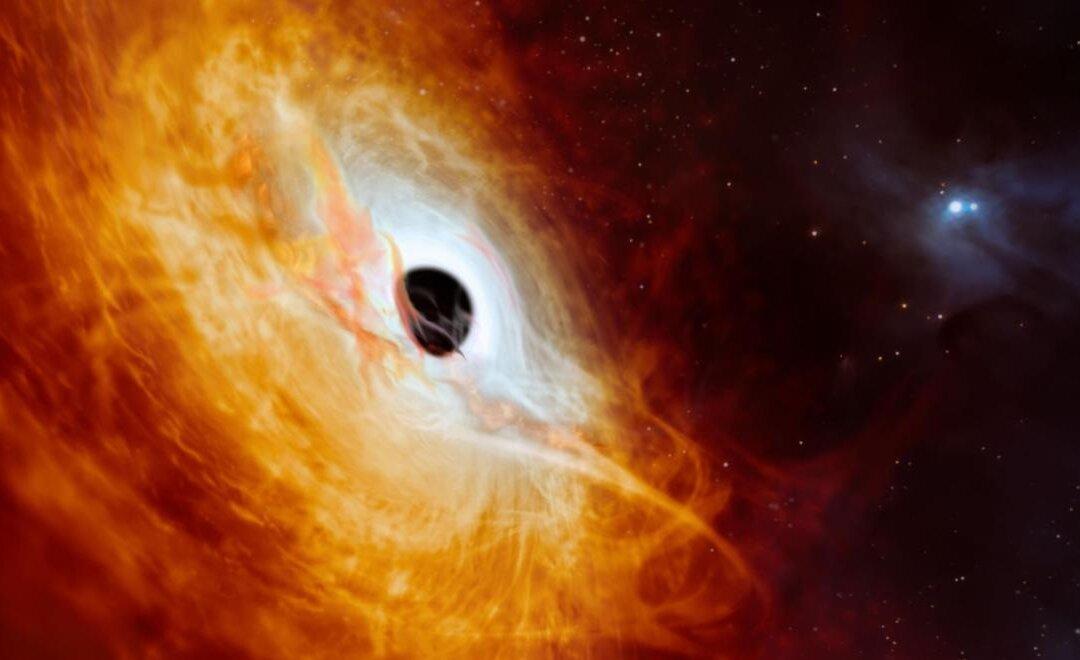In a discovery that sounds more like the plot of a science-fiction saga, researchers at the Australian National University (ANU) have identified what is currently known as the fastest-growing black hole in the universe.
This colossal entity, with an apparent insatiable appetite, is devouring the equivalent of one sun each day, setting a new record for cosmic enormity and ferocity.




